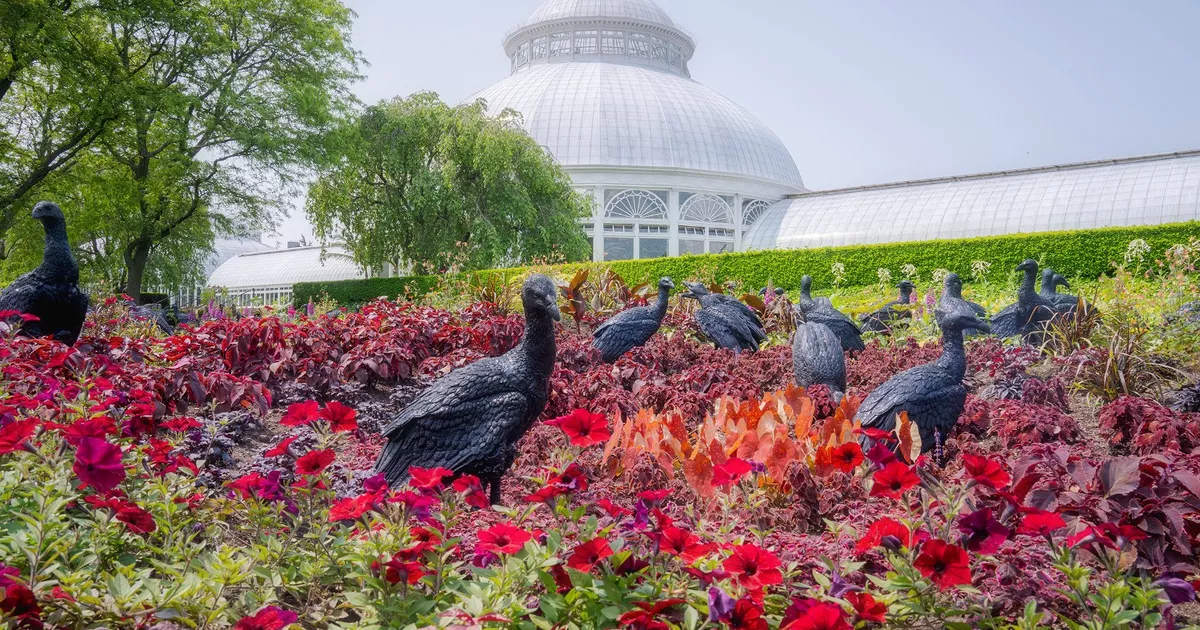Memories have the power to shape our lives and the society we live in. As time passes, people have found various ways to commemorate those who passed away. One such trend gaining momentum in modern society is the creation of memorial artworks. These works of art serve as a remembrance of the departed and offer a sense of healing, comfort, and connection to the larger community.
In this article, we will delve into the world of memorial artworks, exploring their definition, historical significance, rise in popularity, different forms, and profound influence on society and culture. Furthermore, we will also examine future perspectives and potential trends in this captivating art form.
Understanding Memorial Artworks
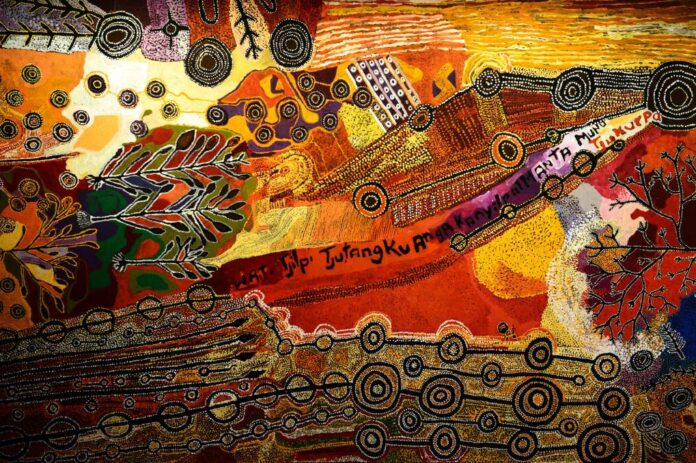
Memorial artworks are visual expressions that pay homage to the deceased. They strive to produce a visual depiction of the person or event being memorialized that will survive longer than a gravestone or plaque.
The significance of these artworks lies not only in their ability to capture a person’s essence but also in their emotional impact on those who encounter them.
Definition and Significance of Memorial Artworks
Memorial artworks can encompass various mediums, such as sculptures, paintings, installations, and digital creations. They serve as a means to honor the departed, preserving their memory while also providing a source of solace and reflection for the living. These works give people a tangible way to remember loved ones and acknowledge their impact on their lives and the community.
The Evolution of Memorial Artworks Through History
Memorial art has a rich history, dating back to ancient civilizations. Different cultures have employed various art forms to remember their ancestors, from the majestic pyramids of Egypt to the intricate tombstones of medieval Europe. Over time, these creations have evolved, blending traditional elements with contemporary artistic expressions. This evolution reflects the changing attitudes towards death and remembrance in different eras.
The Rise of Memorial Artworks in Modern Society
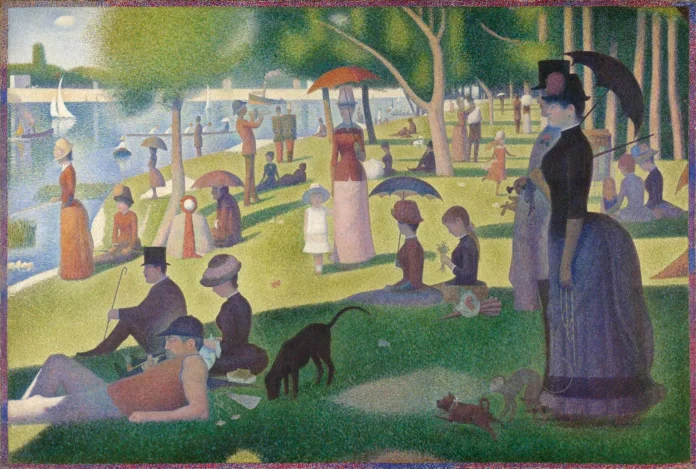
The past few decades have witnessed a notable increase in the popularity of memorial artworks. Several factors contribute to this growing trend, each influencing the perception and reception of these artworks.
Factors Driving the Popularity of Memorial Artworks
In today’s fast-paced society, where the transient nature of life is often emphasized, memorial artworks provide a sense of permanence and endurance. These artworks offer a tangible link between the living and the departed, bridging the gap between the past and the present. Furthermore, they allow us to express our love and respect for the deceased in a way that goes beyond words or traditional mourning practices.
The Role of Social Media in Promoting Memorial Artworks
The growth of memorial artworks is largely attributable to the proliferation of social media. The accessibility and reach of these platforms provide artists with a global stage to showcase their creations, making them more widely known and appreciated. Social media also allows individuals to share their experiences and connections with memorial artworks, fostering a sense of community and collective remembrance.
Different Forms of Memorial Artworks

Memorial artworks come in a diverse range of forms, each with its own unique characteristics and significance.
Traditional vs Contemporary Memorial Artworks
Traditional memorial artworks often adhere to classic artistic styles and materials, embodying a sense of timelessness and reverence. On the other hand, contemporary memorial artworks push boundaries, experimenting with unconventional materials and techniques to evoke emotions and challenge perceptions. Both approaches have their merits, allowing artists to connect with different audiences and convey their messages in distinct ways.
Memorial paintings of loved ones are a prime example of this shift, blending traditional techniques with modern sensibilities. These paintings often incorporate vibrant colors, abstract elements, and personalized details that resonate with the memories and emotions of those left behind. Such artworks serve as dynamic tributes, celebrating the life and legacy of the individual rather than merely marking their passing.
The Impact of Technology on Memorial Artworks
Digital installations, interactive experiences, and virtual memorials are examples of how technology has transformed this art form. These innovative approaches offer new ways to engage with memorial artworks and opportunities for inclusivity and accessibility.
The Influence of Memorial Artworks on Society and Culture
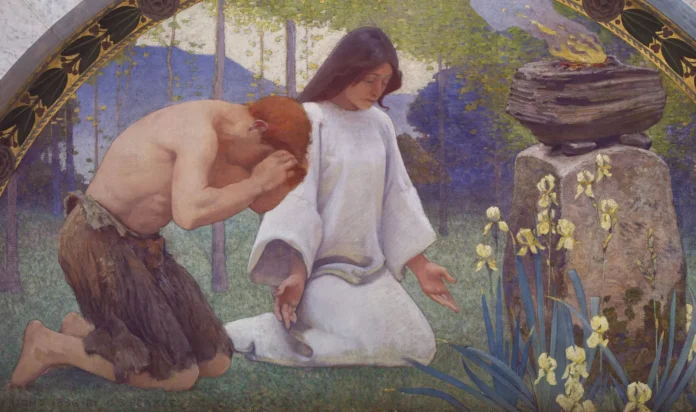
Memorial artworks play a crucial role in shaping society and culture, impacting individuals and communities profoundly.
Memorial Artworks as a Tool for Collective Memory
Memorial artworks serve as a collective memory bank, preserving the stories and experiences of individuals who have left their mark on the world. They help us remember important events, honor heroes and heroines, and acknowledge a community’s shared history. They provide a space for reflection, contemplation, and discussing personal and societal values.
Beyond public installations and historical monuments, curated exhibitions play a vital role in preserving these artistic tributes. An art gallery dedicated to memorial pieces allows viewers to engage with deeply personal narratives, fostering a connection between art and remembrance. These curated spaces offer an intimate setting where emotion and history merge, ensuring that the impact of memorial artworks extends beyond their immediate environment and into broader cultural discourse.
The Intersection of Memorial Artworks and Politics
Memorial artworks often intersect with politics, addressing social issues and political narratives. They can be powerful tools for expressing dissent, advocating for justice, and challenging the status quo. These artworks amplify the voices of marginalized communities and offer a platform for dialogue, sparking conversations about critical societal questions.
Future Perspectives on Memorial Artworks
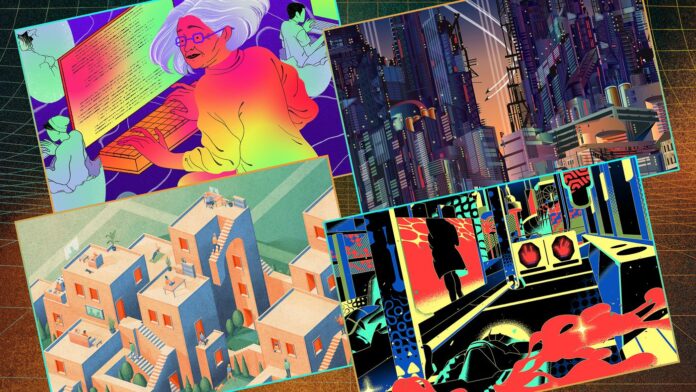
Looking ahead, memorial artworks are expected to continue evolving and adapting to society’s changing needs and preferences.
Predicted Trends in Memorial Artworks
As society becomes more diverse and interconnected, memorial artworks will likely reflect this multiculturalism, incorporating a broader range of artistic styles, symbolism, and cultural references. Integrating technology, such as augmented reality and 3D printing, may offer new avenues for creating personalized and interactive memorial artworks.
The Potential of Memorial Artworks in Healing and Remembrance
Memorial artworks can evoke emotions, foster healing, and provide solace to those who mourn the loss of a loved one. In the future, these artworks may play an even more significant role in mental health, helping individuals process grief and facilitating collective healing after traumatic events.
Takeaway
The growing trend of memorial artworks in modern society highlights the deep-seated human need for remembrance, connection, and healing. Through their diverse forms and powerful messages, these artworks transcend time and provide a lasting tribute to those who have passed away. They catalyze reflection, introspection, and dialogue, bringing people together and shaping societies. With the ever-evolving nature of art and technology, memorial artworks will continue to evolve, offering new ways to honor, remember, and celebrate the lives of those who have left an indelible mark on our hearts and communities.

